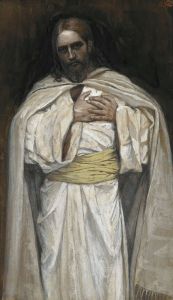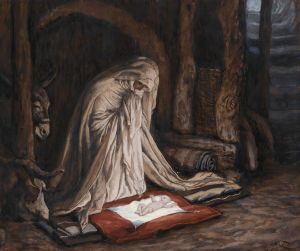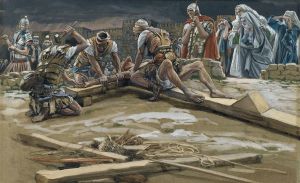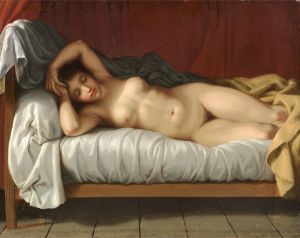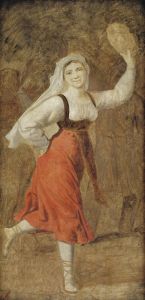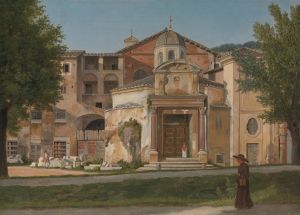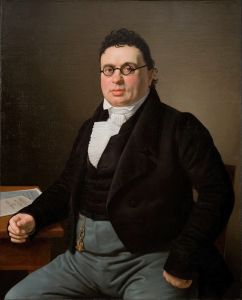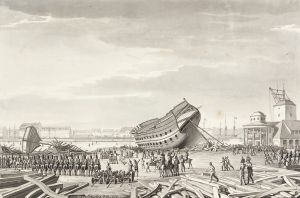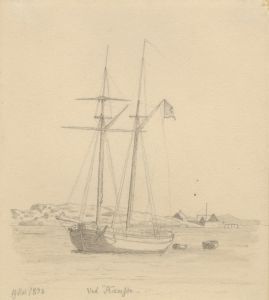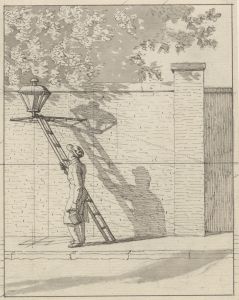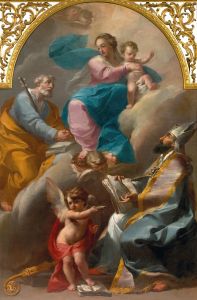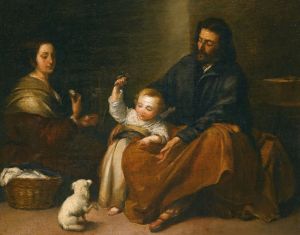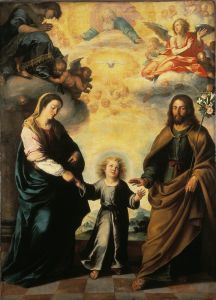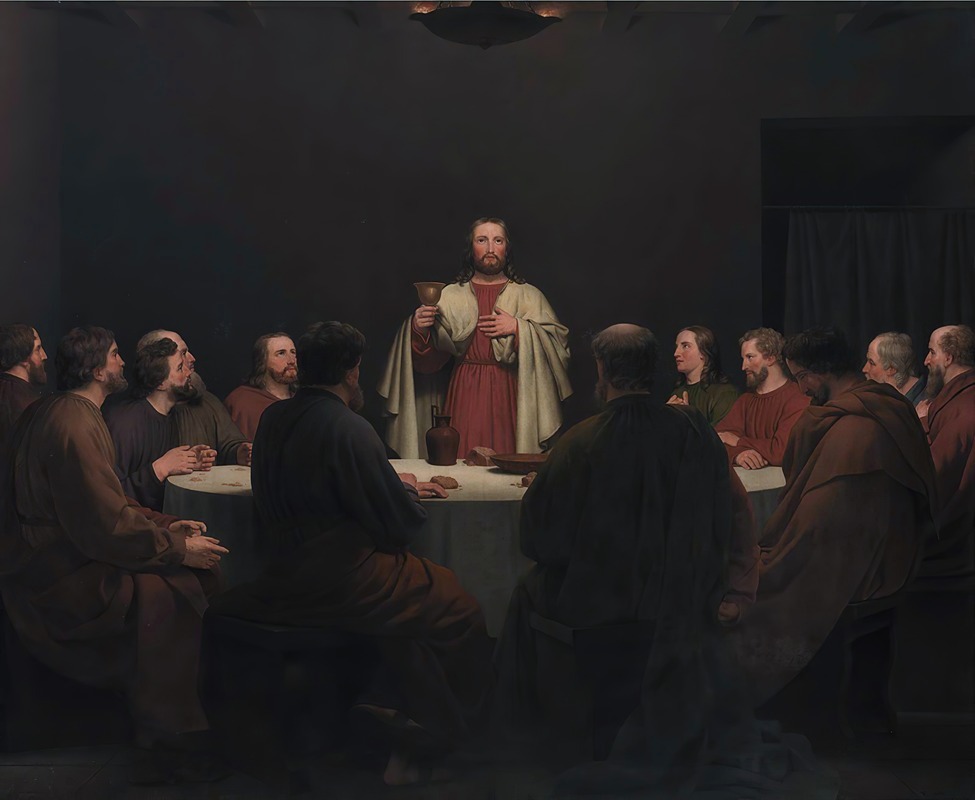
The Last Supper
A hand-painted replica of Christoffer Wilhelm Eckersberg’s masterpiece The Last Supper, meticulously crafted by professional artists to capture the true essence of the original. Each piece is created with museum-quality canvas and rare mineral pigments, carefully painted by experienced artists with delicate brushstrokes and rich, layered colors to perfectly recreate the texture of the original artwork. Unlike machine-printed reproductions, this hand-painted version brings the painting to life, infused with the artist’s emotions and skill in every stroke. Whether for personal collection or home decoration, it instantly elevates the artistic atmosphere of any space.
Christoffer Wilhelm Eckersberg, often referred to as the father of Danish painting, created "The Last Supper" in 1840. Eckersberg was a prominent figure in the Danish Golden Age of painting, a period characterized by a focus on realism and attention to detail. His works are known for their clarity, precision, and adherence to the principles of neoclassicism, which he mastered during his studies in Paris and Rome.
"The Last Supper" by Eckersberg is a significant work that reflects his dedication to historical and religious themes. This painting depicts the biblical scene of Jesus Christ's last meal with his disciples before his crucifixion, a subject that has been a popular theme in Christian art for centuries. Eckersberg's interpretation of this scene is notable for its emphasis on realism and the careful composition of figures, which was a hallmark of his style.
Eckersberg's version of "The Last Supper" is distinguished by its attention to architectural detail and the use of perspective, which he meticulously studied and taught during his tenure as a professor at the Royal Danish Academy of Fine Arts. The painting captures the moment with a sense of calm and order, reflecting Eckersberg's neoclassical influences and his commitment to depicting historical events with accuracy and reverence.
The composition of the painting is carefully structured, with Jesus at the center, surrounded by his twelve apostles. Eckersberg's use of light and shadow adds depth to the scene, highlighting the expressions and gestures of the figures, which convey a range of emotions from contemplation to surprise. This attention to detail and the ability to capture the human element of the scene are characteristic of Eckersberg's work and contribute to the painting's enduring appeal.
Eckersberg's "The Last Supper" is housed in the Royal Danish Collection, where it remains an important example of Danish Golden Age painting. The painting not only reflects Eckersberg's skill as an artist but also his ability to convey complex narratives through his art. His work has had a lasting impact on Danish art, influencing subsequent generations of artists and solidifying his legacy as a central figure in the development of Danish painting.
In summary, Christoffer Wilhelm Eckersberg's "The Last Supper" is a testament to his mastery of neoclassical techniques and his dedication to historical accuracy. The painting's detailed composition, use of perspective, and emotional depth make it a significant work within the context of 19th-century Danish art. Eckersberg's influence extends beyond his own work, as he played a crucial role in shaping the artistic landscape of Denmark during his lifetime.





